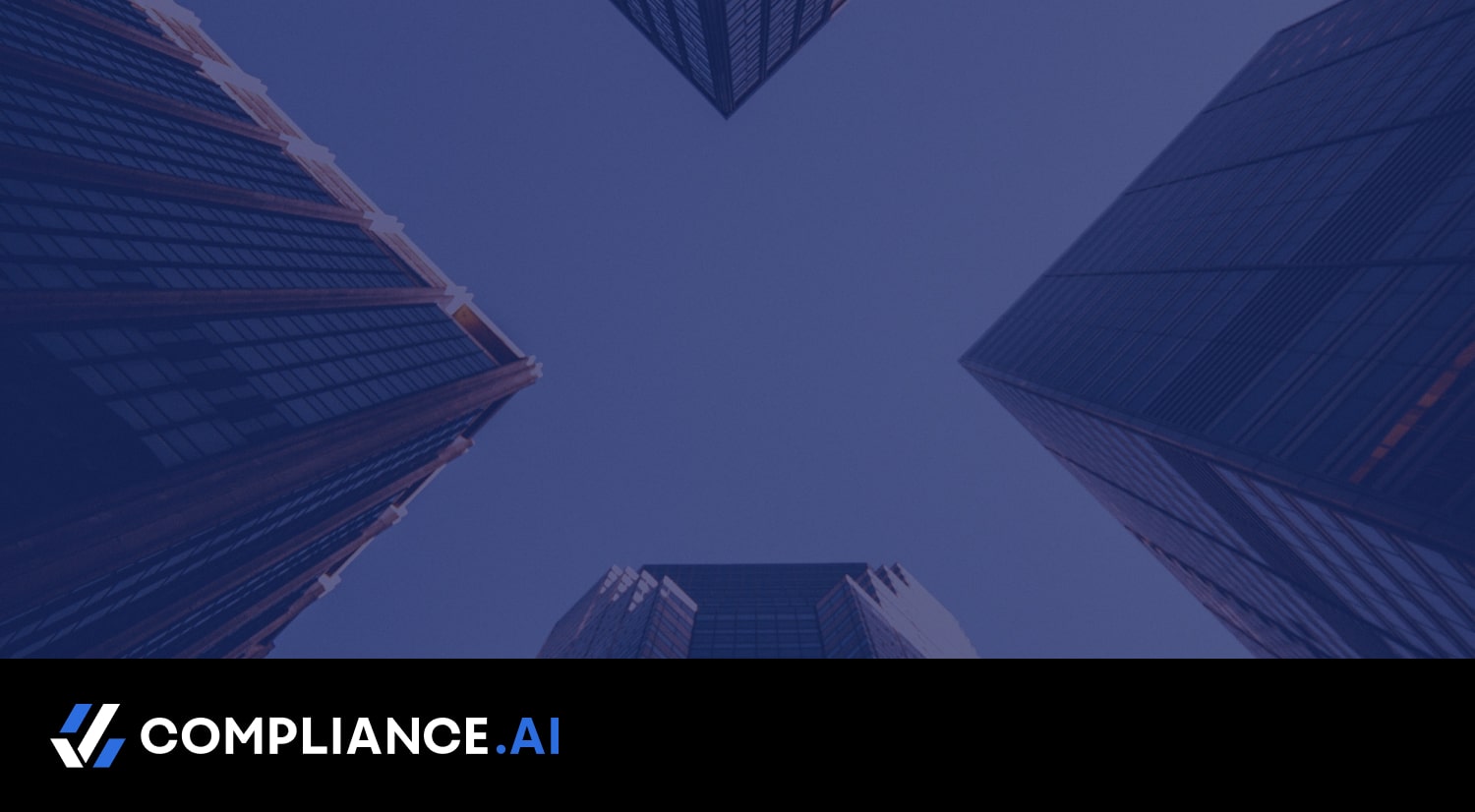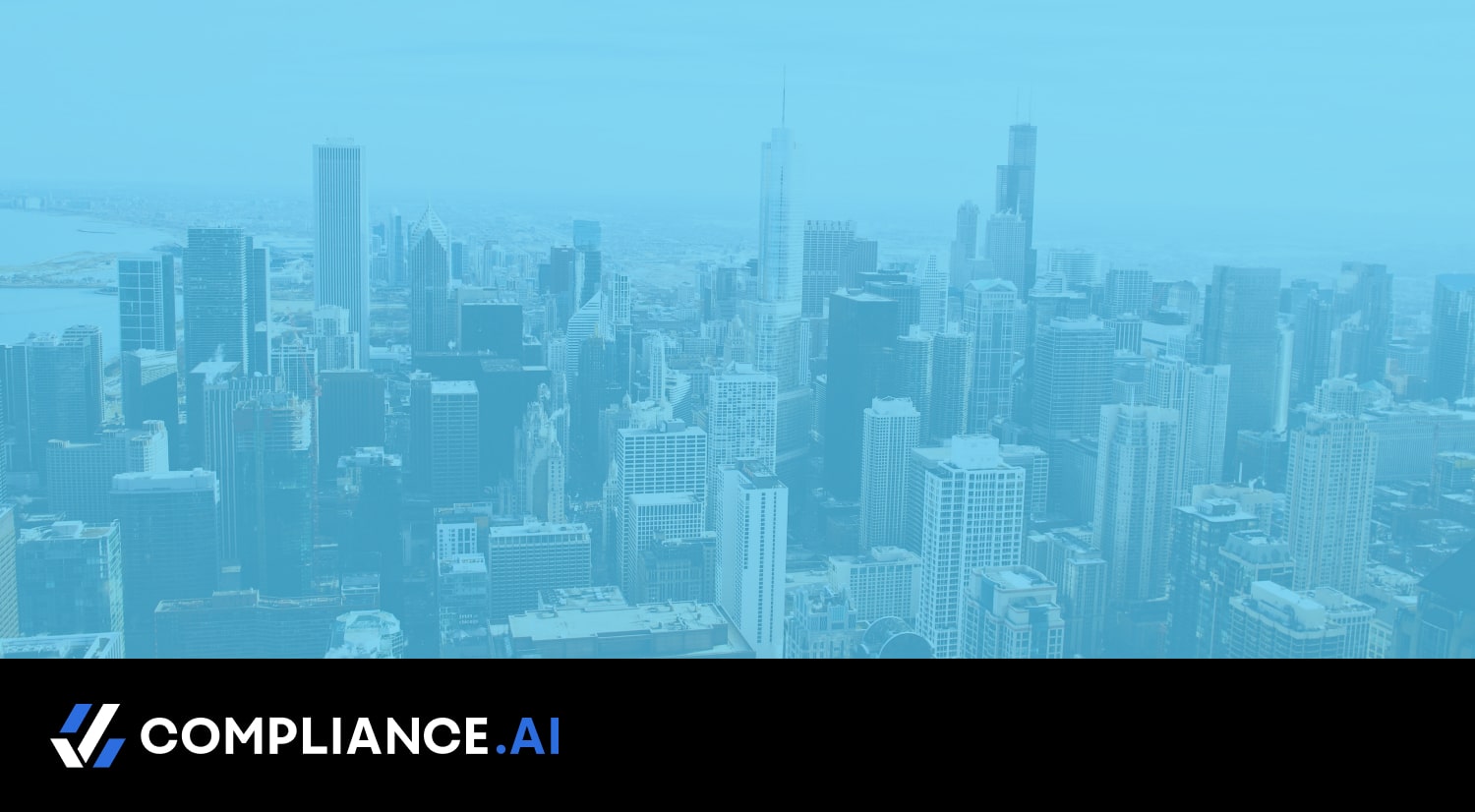Since the passage of the Dodd-Frank Wall Street Reform and Consumer Protection Act in 2010, the implementation of this major legislation has been long and winding, with many attempts to alter it along the way.
Still, the bill has made a significant impact on the financial services industry, as firms have had to cope with the mandated changes, such as the Liquidity Coverage Ratio, requiring banks to hold more liquid assets, and the Volcker Rule, which has hit implementation hurdles but has limited firms’ proprietary trading.
Now, with a new Presidential administration that has signaled a desire to rollback the regulation, the future of Dodd-Frank continues to lack clarity. Yet, financial services firms are still likely to have to comply with certain components.
For example, even though the House passed the CHOICE Act, a bill that rolls back parts of Dodd-Frank, the bill has not advanced in the Senate. Even if it did pass, the Senate is expected to keep certain components, including the Consumer Financial Protection Bureau (CFPB) and the Volcker Rule, as the New York Times reports.
“I do believe the law should be revisited and potentially adjusted but way short of wholesale repeal,” says Rick Dupree, a Compliance.ai advisor and Group Operational Risk Manager at Bank of the West – BNPP Group.
The Impact of Dodd-Frank
Since many parts of the law have already started to take effect, ranging from stress testing of banks to risk management standards for clearing agencies, the impact is also coming into view.
“I don’t think anyone could argue that the US banking system isn’t in better shape today than it was before Dodd-Frank, and much of that credit should go to Dodd-Frank,” says Dupree. “Some of the benefits realized include improved liquidity of regulated banks as well as multiple benefits to the average bank consumer, such as decrease in mortgage foreclosures, decrease in the cost of credit and one consolidated consumer protection agency through creation of the CFPB.”
From banks and other financial institutions perspective, however, Dodd-Frank has also created many challenges, including a huge increase in the sheer volume of work to comply with the law.
“The regulation has cost banks millions of dollars and countless hours to implement and there have been some misses,” adds Dupree. “Namely, the Volcker Rule, which was enacted to limit or restrict proprietary trading activity, has been a disaster in both design and implementation. No one understands it or how to implement it.”
What’s Next?
Given the law’s uncertainty, financial services firms now have the dual challenge of having to track where Dodd-Frank is heading and potentially lobbying for their preferred positions, while still having to comply with the law in its current form.
Additionally, Dodd-Frank has spurred even more regulatory changes beyond the immediate scope of the law, such as how the CFPB recently announced a new arbitration rule that will make it easier for financial institutions’ customers to join class-action lawsuits against the firms.
And as the chart above shows, regulatory agencies are still feverishly churning out regulatory updates. As a whole, the SEC, for instance, has published over 2000 updates in only the six-month period through July 2017. Plus, the agency, still has work to do to adopt several rule proposals from Dodd-Frank, in areas such as executive compensation and security-based swaps.
Thus, the only constant in Dodd-Frank and financial regulation as a whole appears to be change itself. As a result, financial services organizations need a systematic way to manage the complexity of the far-reaching tentacles of Dodd-Frank. That way, as the law continues to evolve, banks do not have to face such a challenge with compliance and can instead focus on areas such as customer experience.
Take a look at how Compliance.ai helps complying with Dodd-Frank significantly easier, and makes keeping up with financial regulations manageable.





